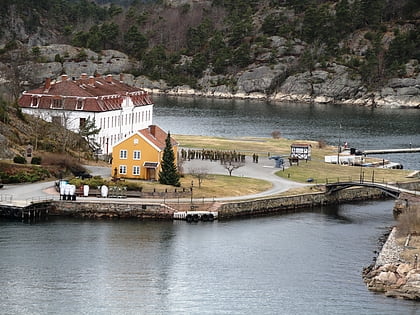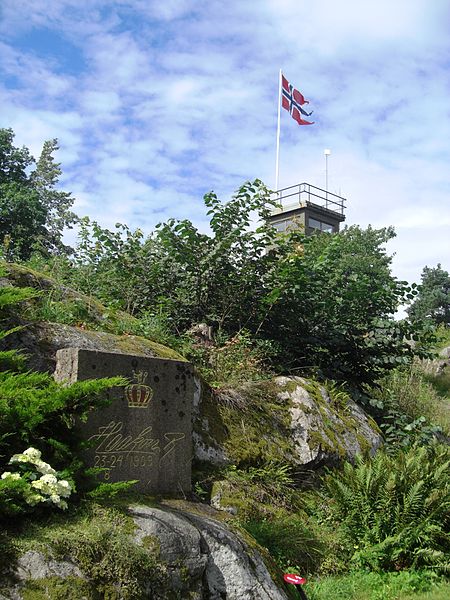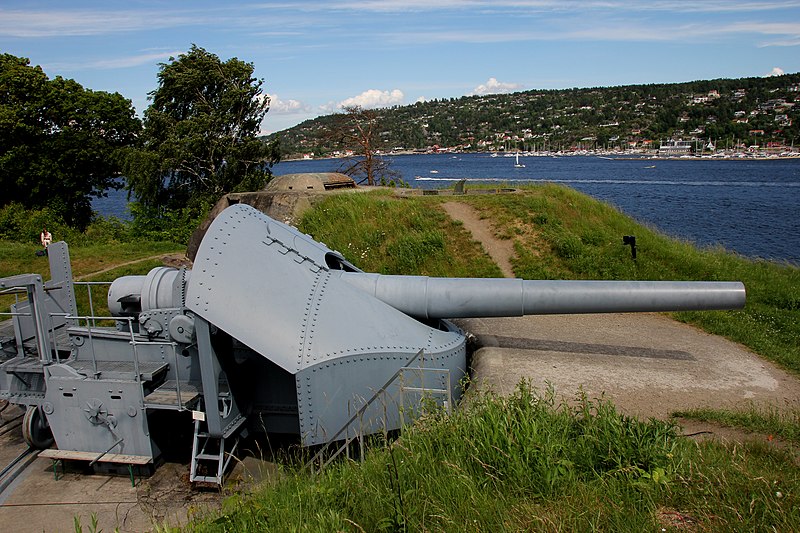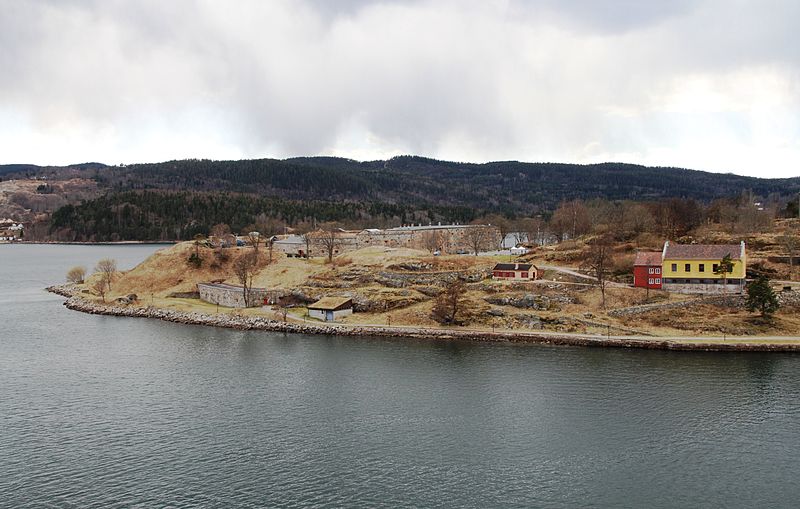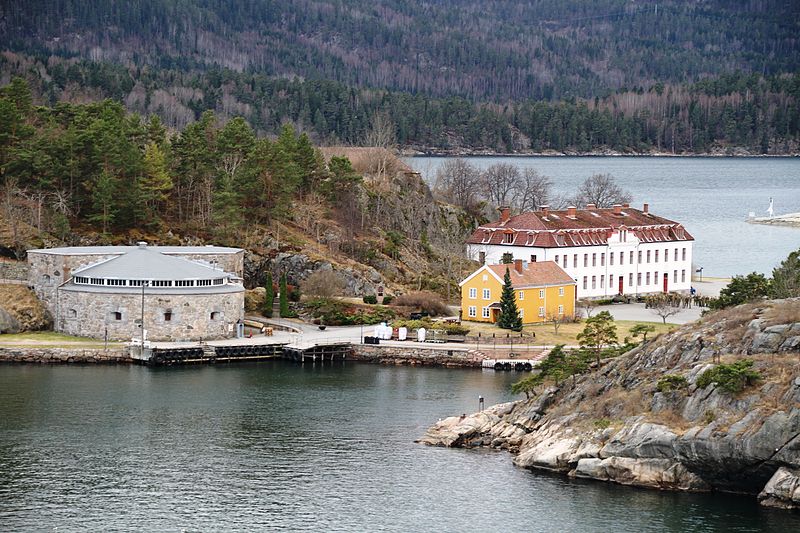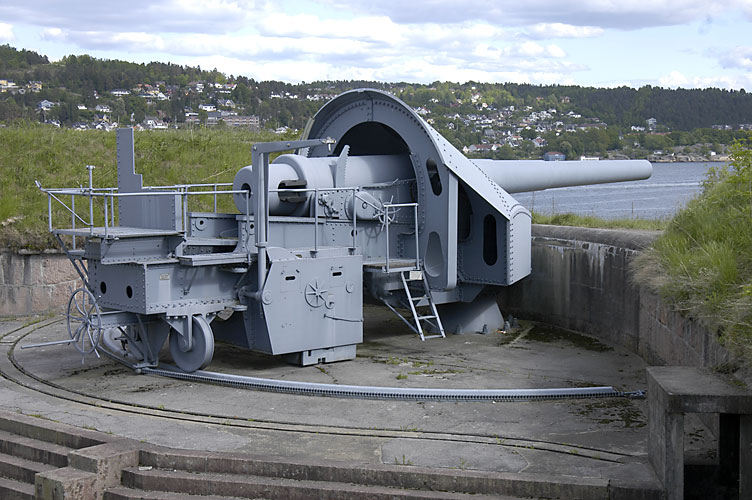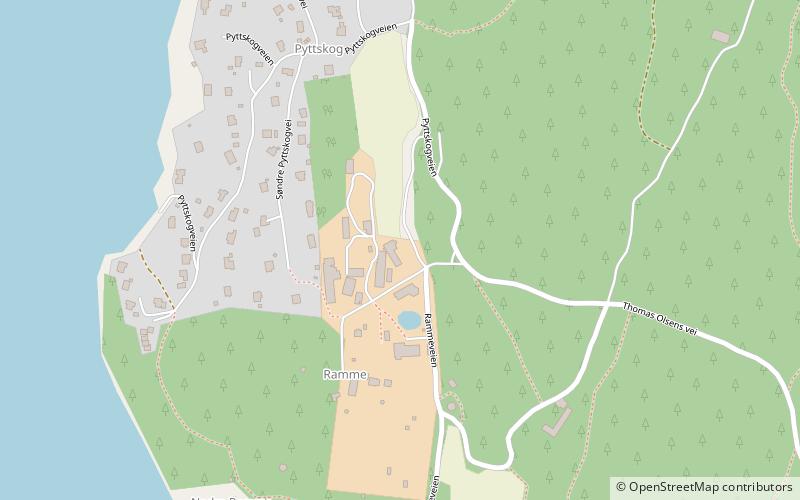Oscarsborg Fortress, Drøbak
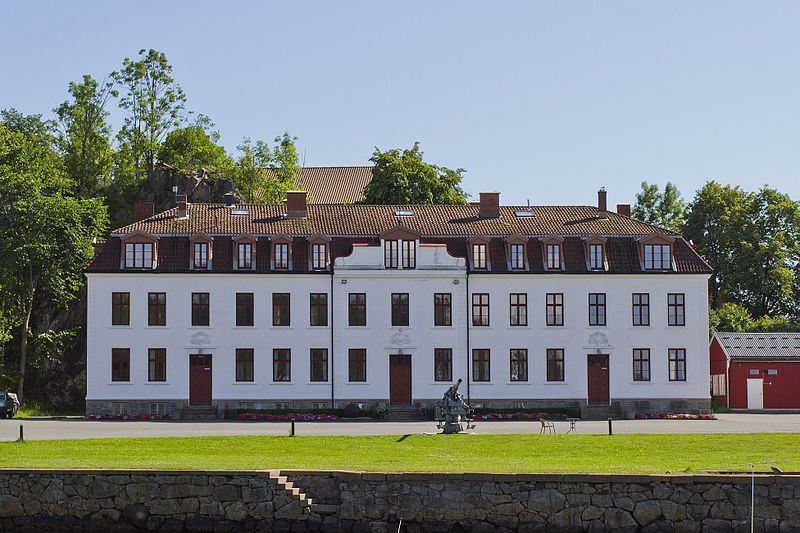
Facts and practical information
Oscarsborg Fortress stands as a monumental guardian of the narrowest point of the Oslofjord, near the quaint coastal town of Drøbak, Norway. This historic fortress, rich in military heritage, played a pivotal role in Norway's defense during the Second World War. It is most famously known for sinking the German heavy cruiser Blücher on April 9, 1940, thus delaying the Nazi occupation of Norway.
Dating back to the 19th century, Oscarsborg Fortress was built to protect the capital city, Oslo, from potential naval attacks. Today, it serves as a public museum and a cultural heritage site, accessible by a short ferry ride from Drøbak. The fortress is situated on two small islands, offering visitors panoramic views of the surrounding fjord and landscape.
The site comprises well-preserved military installations, including cannons, torpedo batteries, and underground tunnels. The main attraction is the Coastal Artillery Museum, which provides an in-depth look at the fortress's strategic significance and military history. Visitors can also explore the fortress grounds, which feature beautiful gardens and historical buildings such as the Commander's residence and the Officers' Mess.
Oscarsborg Fortress is not only a site of historical importance but also a venue for various cultural events, including operas and concerts during the summer months. The fortress's scenic backdrop and the tranquil waters of the fjord make it an attractive destination for those interested in history, architecture, and nature.
Oscarsborg Fortress – popular in the area (distance from the attraction)
Nearby attractions include: Norwegian Outlet, Årungen, Norwegian University of Life Sciences, Follo friluftsmuseum.
